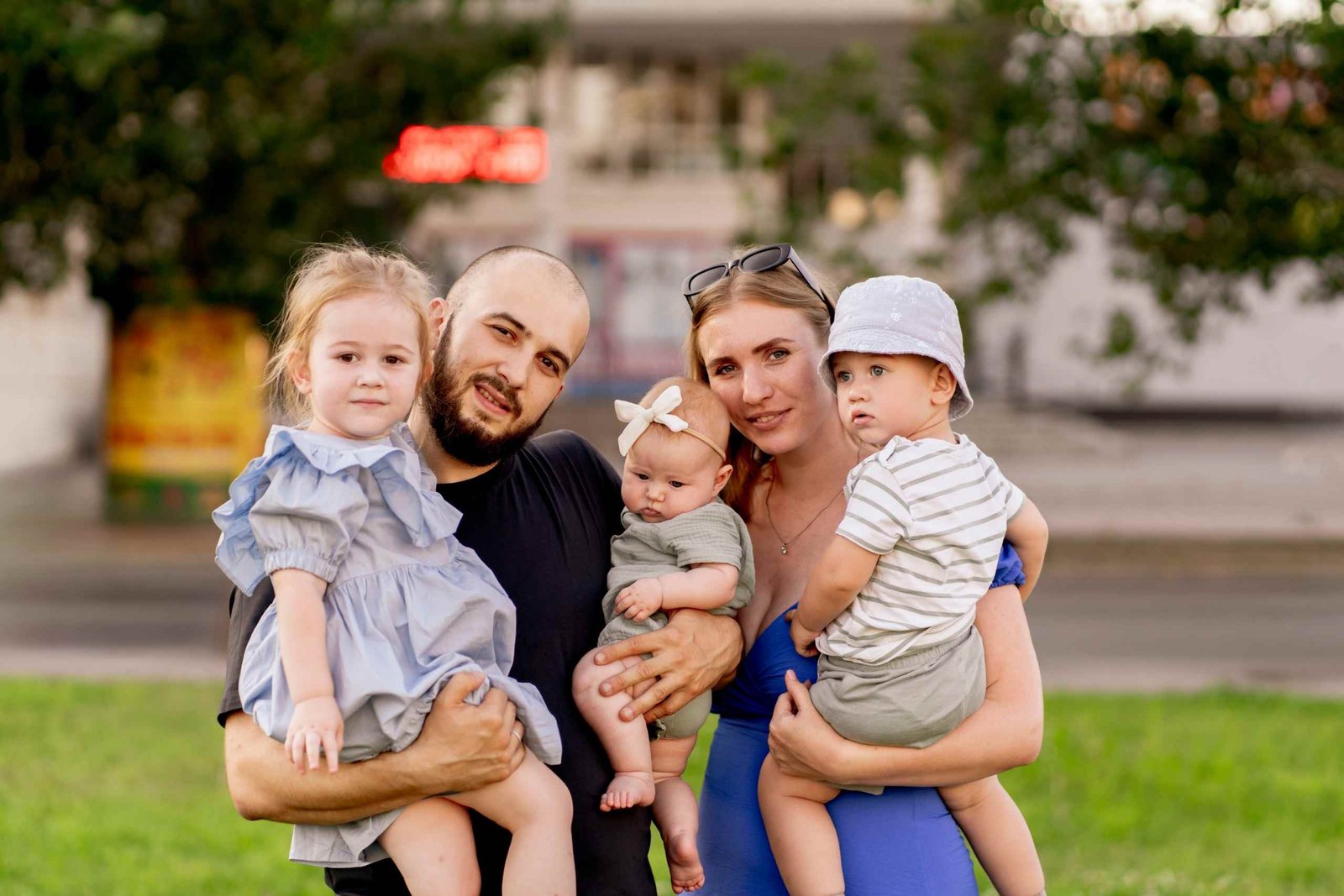Is the Chinese Gender Calendar Correct?

People have been interested in the Chinese Gender Calendar, also known as the Chinese Birth Chart, for hundreds of years. People say that it can tell what sex a baby will be based on how old the mother is and when she got pregnant. But how right is it? Let’s see where it came from, how it works, and if we can trust it.
What Does the Chinese Calendar Say About Gender?
Based on the mother’s age at the time of conception and the month in which conception happens, the Chinese Gender Predictor is an old way to guess the gender of a baby. People believe the calendar is more than 700 years old and that Chinese royalty used it to choose the gender of their heirs. The chart has a grid. The months of the year are on one axis, and the mother’s age is on the other. People say that each intersection can tell if the baby will be a boy or a girl.
How Does the Chinese Calendar Tell if Someone is a Boy or a Girl?
The calendar’s idea is pretty simple. People say that the Chinese Gender Calendar can tell if a baby is a boy or girl by looking at the mother’s age and the month she got pregnant. It uses one color for boys and another color for girls. Blue is the color for boys and pink is the color for girls.
People still argue about how well the chart can predict the future, even though it is easy to read. It’s important to remember that this method doesn’t consider other things that could change the baby’s gender, like their health history or where they live.
Is the Chinese Gender Calendar right?
The Chinese Gender Calendar has been around for a long time and is very popular with parents-to-be who want to make silly guesses, but scientists don’t know how accurate it is. This is why:
There isn’t Enough Scientific Proof
There is no scientific basis for the Chinese Gender Calendar. The sperm that fertilizes the egg has either an X or Y chromosome. This chromosome tells the baby what sex it is. The mother’s age or the month she got pregnant don’t have anything to do with these things. The Chinese Gender Calendar could just be finding links by chance.
Studies that use numbers
There have been many studies on how accurate the Chinese Gender Calendar is, and the results have not all been the same. Some studies say that the success rate is higher than random guessing, while others say that the accuracy is the same as chance. There is a 50% chance of success on average, which is not more reliable than flipping a coin.
The Bias of Confirmation and Cultural Influence
People often look for meaning or patterns in their lives, especially when something big happens, like getting pregnant. This is why the Chinese Gender Calendar may seem more accurate: parents only remember the times when it was right or focus on the good things that happened. This is called confirmation bias.
Why Do People Still Use the Chinese Calendar to Tell If Someone Is Male or Female?
A lot of people still use the Chinese Gender Calendar for fun or out of curiosity, even though there is no scientific proof that it is correct. A lot of people have made the chart a part of their culture, and a lot of expectant parents enjoy trying it out as part of the fun of being pregnant.
In some cultures, people also really want to know what sex the baby is before it is born. It doesn’t cost much, and it’s quick and easy to use the Chinese Gender Predictor. The appeal of ancient wisdom adds a sense of mystery and excitement.
Conclusion
Many expectant parents still enjoy the Chinese Gender Calendar, but it is not a good way to guess what gender a baby will be. It’s mostly right by chance, and you can’t trust it any more than you can guess. The best way to find out the sex of your baby is through medical tests like ultrasounds or genetic screenings. No matter what the calendar says, the most important thing is the health of both the mother and the baby. The Chinese Gender Calendar might make the pregnancy journey more fun, but don’t put too much stock in what it says.

Aashley Kai is the Editorial Director of Chelsea Famous Parenting and a licensed expert in early childhood education. She holds a Master’s in Child Psychology from the University of Texas Southwestern Medical Center and has worked as a preschool teacher and child therapist. Since joining in 2024, Aashley has been dedicated to creating well-researched, trustworthy parenting resources. Her work helps parents and caregivers foster nurturing, educational environments for children. Outside of work, she enjoys hiking and photography, capturing nature from a child’s perspective.





